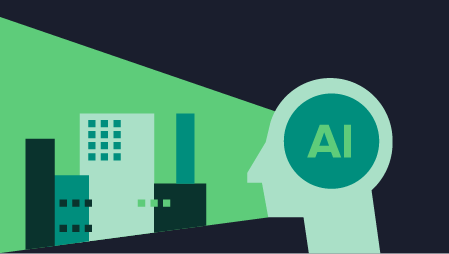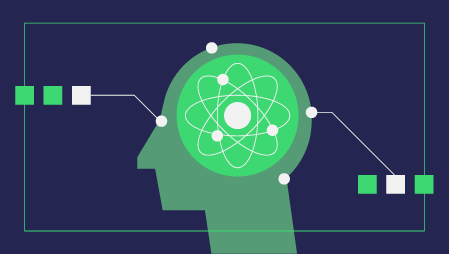Non-destructive testing (NDT) is an essential part of many quality control processes. NDT can be time-consuming, however. And, certain tasks — like visual inspection of a product or component for defects — have proven difficult to automate in many cases.
Artificial Intelligence (AI) is changing this. With enough data, it’s often possible to automate a wide variety of tasks that couldn’t be left to algorithms in the past. These four applications show how organizations are beginning to use technology like AI and IoT to advance non-destructive testing and enable new NDT approaches.
1. Using AI to Detect Defects
AI algorithms trained on a large enough pool of data can effectively find a wide variety of patterns in a range of data types.
Outside of the Non-Destructive Testing space, the technology has made it possible for researchers to develop algorithms that can automate freight trains, improve rescue efforts, and even recreate scents described in historical documents.
In NDT, the technology offers similar benefits — and often enables teams to partially or fully automate tasks that traditionally required human intercession.
For example, NDT researchers have used Artificial Intelligence (AI) to create new algorithms that leverage existing visual data, like 3D metrology scans and previous test data, to detect defects in new metrology scans.
This allows AI to analyze data that would typically need to be inspected manually by a technician trained in identifying and classifying defects. The reliable detection and classification of defects, cracks, and similar structural issues is one of the most significant challenges faced by the Non-Destructive Testing market.
The use of AI helps to standardize this visual inspection process while freeing up a technician for more important work or reducing the training needed for a team to test for certain defects.
2. Algorithmic Classification of Cracks With Shearography Data
The same approach can allow researchers and technicians to create AI algorithms capable of labeling and organizing detected defects. This algorithm can enable a team to automate tasks like the classification of detected cracks in acoustic shearography imaging data.
By automating the detection and classification process, testing teams can save a significant amount of time and streamline the visual inspection process.
3. Streamlining Data Reporting and Collection With IoT
Manual reporting processes tend to be much slower than those managed by an automated template. One research team reviewing practices in ultrasonic Non-Destructive Testing found that automated reporting templates could reduce the time needed for setup and reporting by as much as 55 minutes.
IoT devices, along with mobile technology, can help enable automated testing and reporting workflows — significantly streamlining a wide range of NDT(Non-Destructive Testing) tests.
Smart activity trackers connected to the internet can continuously gather data. In a testing environment, this allows technicians to use an IoT device to record test results — like ultrasonic readings from an engine block — that will automatically be organized with relevant information like date, location, test settings, and even audio comments from test organizers.
Automatically gathering and storing data in this fashion can help improve test result organization and make the process of cleaning test data much easier.
4. IoT-Powered Real-Time NDT for Predictive Maintenance
Internet-connected sensors make it possible to test in real-time. This allows businesses to continuously monitor the performance of machines or equipment.
With enough data, this real-time data can also enable predictive maintenance — a novel approach to maintenance which leverages IoT and maintenance algorithms to predict when a machine is about to fail.
Information from IoT sensors provides continuous information on operational variables relevant to a machine’s health — like the production of low-frequency ultrasound, which can be an early indicator of machine failure.
When tracked operational variables move out of a safe operating range, the IoT system can automatically alert site technicians — giving them the most advanced notice possible on potential machine failure.
The Impact of IoT and AI on Non-Destructive Testing
Artificial Intelligence and IoT have the potential to revolutionize non-destructive testing. AI algorithms powered by the data that IoT devices capture may help test teams automate a wide variety of tasks that traditionally have proven difficult to run by algorithms. Visual inspection and data reporting may be significantly streamlined as a result.
New maintenance strategies — like predictive maintenance — may also be enabled by a combination of AI, IoT, and NDT practices. These strategies can help businesses reduce maintenance costs and keep machines running longer.





